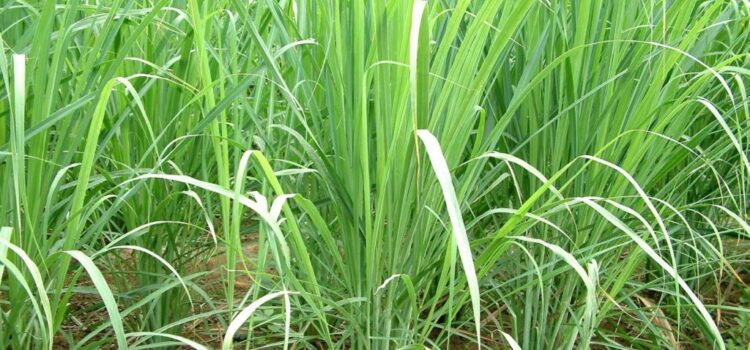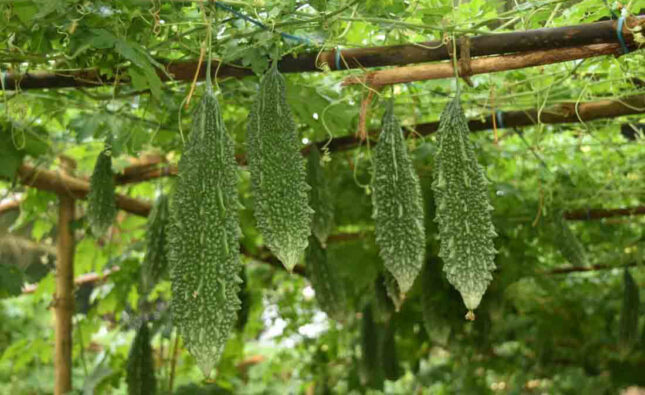Lemon grass can be a profitable business if managed properly and if there is sufficient demand for its products. Lemon grass farming and marketing involve several key considerations. Here’s an overview of the steps involved in lemon grass farming and some marketing strategies:
-
Farming:
a. Site selection: Choose a suitable location for lemon grass farming. Lemon grass thrives in warm climates and requires well-drained soil with good sunlight exposure
b. Cultivation: Obtain lemon grass seeds or saplings from reputable sources. Prepare the land by removing weeds and tilling the soil. Plant the lemon grass at the recommended spacing and provide adequate irrigation.
c. Maintenance: Regularly water the plants and manage weeds to ensure optimal growth. Fertilize as per the specific requirements of lemon grass. Monitor for pests and diseases and take necessary measures for pest control.
d. Harvesting: Lemon grass is typically ready for harvest when the stalks are around 1 cm thick. Harvest by cutting the stalks close to the ground. It’s important to handle the harvested lemon grass carefully to prevent damage.
-
Processing and Value Addition:
a. Essential oils: Distilling lemon grass can yield essential oils, which are widely used in aromatherapy, skincare products, and perfumes. Explore the process of steam distillation or cold pressing to extract the oil.
b. Culinary products: Lemon grass is popular in various cuisines. Consider drying the leaves and stalks for use as a culinary ingredient, such as in teas, spice blends, or flavorings.
c. Packaging: Package the processed lemon grass products attractively, ensuring proper labeling and information about the product. Use high-quality packaging materials to maintain the product’s freshness and aroma.
-
Marketing:
a. Identify target markets: Determine your target customers for lemon grass products. This could include retail consumers, restaurants, tea shops, health stores, or cosmetic manufacturers. Understand their preferences and requirements.
b. Branding: Develop a unique brand identity for your lemongrass products. Create a compelling brand name, logo, and packaging design that reflects the quality and benefits of your products.
c. Online presence: Establish an online presence through a website or social media platforms. Showcase your products, share relevant content, and engage with your audience. Consider e-commerce options for direct sales to customers.
d. Local sales channels: Explore opportunities to sell your products through local stores, farmer’s markets, or food cooperatives. Build relationships with potential buyers and distributors who align with your target market.
e. Collaboration: Partner with local businesses or wellness centers that value natural products. Collaborate on joint marketing efforts or create product bundles to expand your reach and leverage existing customer bases.
f. Education and awareness: Educate consumers about the health benefits and versatile uses of lemongrass. Share recipes, DIY tips, or informational content through blog posts, videos, or workshops to create awareness and build trust.
g. Product differentiation: Highlight the unique selling points of your lemongrass products. Emphasize factors such as organic farming practices, sustainability, or superior quality to differentiate yourself from competitors.
h. Customer feedback and reviews: Encourage customers to provide feedback and reviews for your products. Positive testimonials can boost your brand’s reputation and attract new customers. Remember to adapt your marketing strategies based on market trends and customer feedback. Stay informed about emerging uses of lemon grass and leverage them to stay ahead in the market. Building strong relationships with customers and continuously improving the quality of your products will contribute to the long-term success of your lemongrass farming and marketing efforts.






